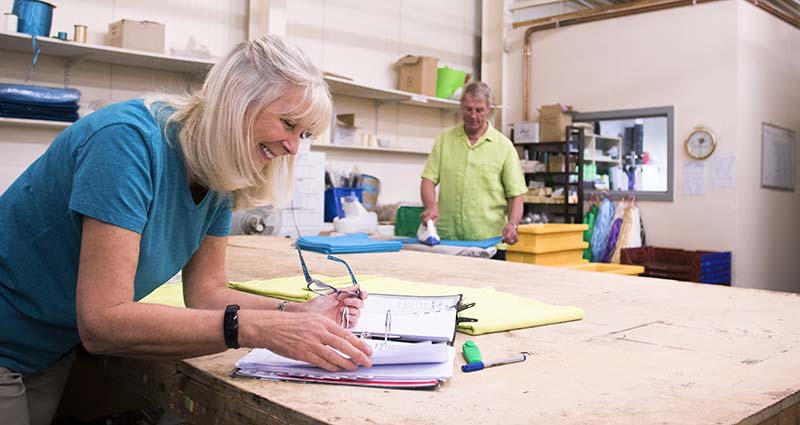How is heritage assessed?
Heritage is assessed through utilising the NSW heritage assessment criteria as detailed and developed by Heritage NSW to provide the basis for an assessment of heritage significance of an item or place. This is achieved by evaluating a place or item’s significance in reference to seven criteria, which can be applied at a state or local level.
In order to meet the threshold for local heritage listing on the Hornsby Local Environmental Plan, an item or place must meet at least one of the following seven criteria, in the opinion of a qualified heritage consultant. If a place meets the threshold for listing under more than one criterion, the place is significant for a variety of reasons.
Criteria | Description |
|---|---|
A – Historical Significance | An item is important in the course or pattern of the local area’s cultural or natural history. |
B – Associative Significance | An item has strong or special associations with the life or works of a person, or group of persons, of importance in the local area’s cultural or natural history. |
C – Aesthetic or Technical Significance | An item is important in demonstrating aesthetic characteristics and/or a high degree of creative or technical achievement in the local area. |
D – Social Significance | An item has strong or special association with a particular community or cultural group in the local area for social, cultural or spiritual reasons. |
E – Research Potential | An item has potential to yield information that will contribute to an understanding of the local area’s cultural or natural history. |
F – Rarity | An item possesses uncommon, rare or endangered aspects of the local area’s cultural or natural history. |
G – Representativeness | An item is important in demonstrating the principal characteristics of a class of NSW’s cultural or natural places of cultural or natural environments (or the cultural or natural history of the local area). |







